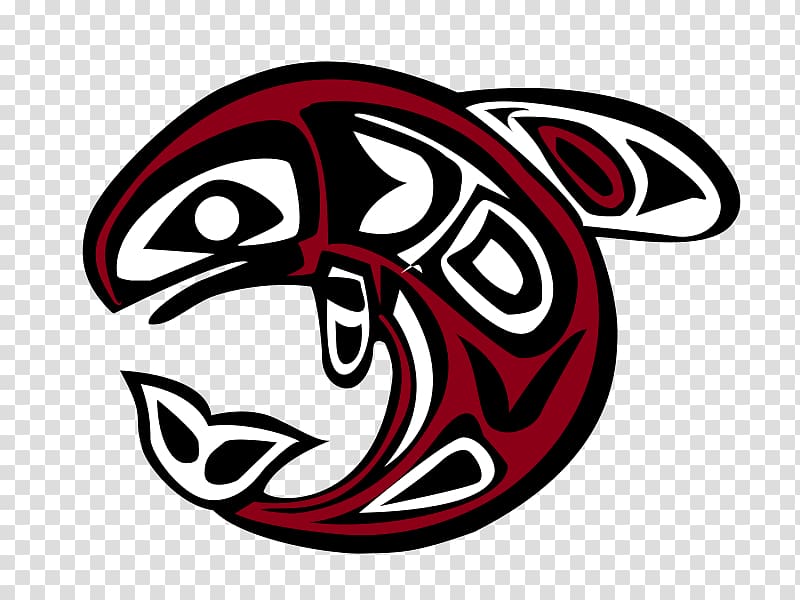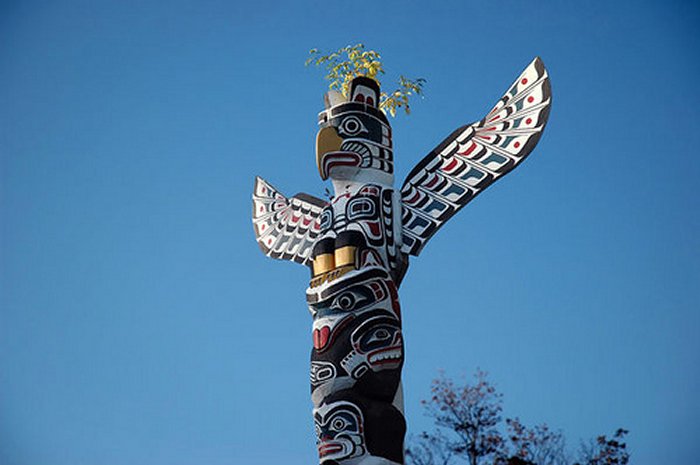


The amazing specificity of date and time came through collaborations with Japanese scientists and historians who helped identify the Cascadia Subduction Zone as the source of a deadly “ orphan tsunami” that flooded areas on the coast of Japan the following day. Further work in the 1980s and 1990s refined our understanding of the great earthquake that occurred on Januat about 9 PM PST. In the 1990s, PNSN Research Scientist Ruth Ludwin began collecting and organizing other Native American stories and traditions that seem to be related to earthquakes and their effects on the people of Cascadia before westerners arrived.īrian Atwater, David Yamaguchi and others produced detailed evidence of abrupt land level changes and tsunami inundation along the coast of Washington state in the winter of 1699-1700. Heaton followed this paper up with a paper about PNW Native American stories that inferred their people were impacted by tsunamis in the not too distant past. Tom Heaton and Hiroo Kanamori published a paper asserting the Cascadia Subduction Zone was indeed actively deforming and is likely to produce great earthquakes. The 1980s was a decade of discovery of evidence for great earthquakes in the Cascadia Region. The tribes work to restore the diversity of forests that include timber trees, as well as berry plants, medicinal plants, and weaving materials.Although scientific recognition of the earthquake hazards presented by the Cascadia subduction zone (CSZ) is relatively recent, Native Americans have lived on the Cascadia coast for thousands of years, transferring knowledge from generation to generation through storytelling (Ludwin et al., 2005) Tribal natural resource programs are leaders in forest management in Oregon, responsible for a combined total of 3.8 million board feet of standing timber. Oregon's tribes also work conjointly with state and federal parks to help manage Oregon's forests. Other Oregon tribes are working to restore their reservation timberlands: the Coos, Lower Umpqua, and Siuslaw have restored 43,000 acres, and the Klamath are working on restoring 670,000 acres.

The Klamath, Warm Springs, Siletz, Coquille, Grand Ronde, and Umatilla maintain tribal forests for sustained long-term yields (their combined commercial timberland totaled 288,187 acres in 2007). Many native men still participate in logging, and tribes now manage huge forests for their economic and cultural resources. While their families remained on the reservation, these workers lived in logging camps and sent money home to help pay the bills. They traveled to wherever logging was paying well, from Alaska to California, and many became the lead loggers in their outfits.

Many men left their reservations for months or years at a time to work in the woods. Many families worked as groups to harvest hops, berries, and beans through the summer months while living at tribal encampments.īy the late nineteenth century, native men had become principal workers in the logging industry. To make money throughout the year, natives from the reservations at Grand Ronde, Siletz, Warm Springs, and Klamath traveled to the Willamette Valley and other Oregon agricultural districts to work the harvests. Life on the reservations was harsh, with few jobs available, and native laborers were paid half the wage that whites received for the same jobs. To harvest the bark and plants, Indians used tools made from stone, wood, antlers, and shells.īetween 18, Oregon Indians were removed to reservations, and the Indian agents and reservation schools began training them in Western-style agriculture. The bark of cascara sagrada and many other species of trees was harvested for medicine and food or to create baskets for berry picking. They harvested planks from live standing trees, mainly straight grain trees, such as western red cedar and redwood. In pre-settlement times, native peoples of the Pacific Northwest Coast harvested trees to build canoes, to make planks for plankhouses, or to create works of art for ceremonies.


 0 kommentar(er)
0 kommentar(er)
